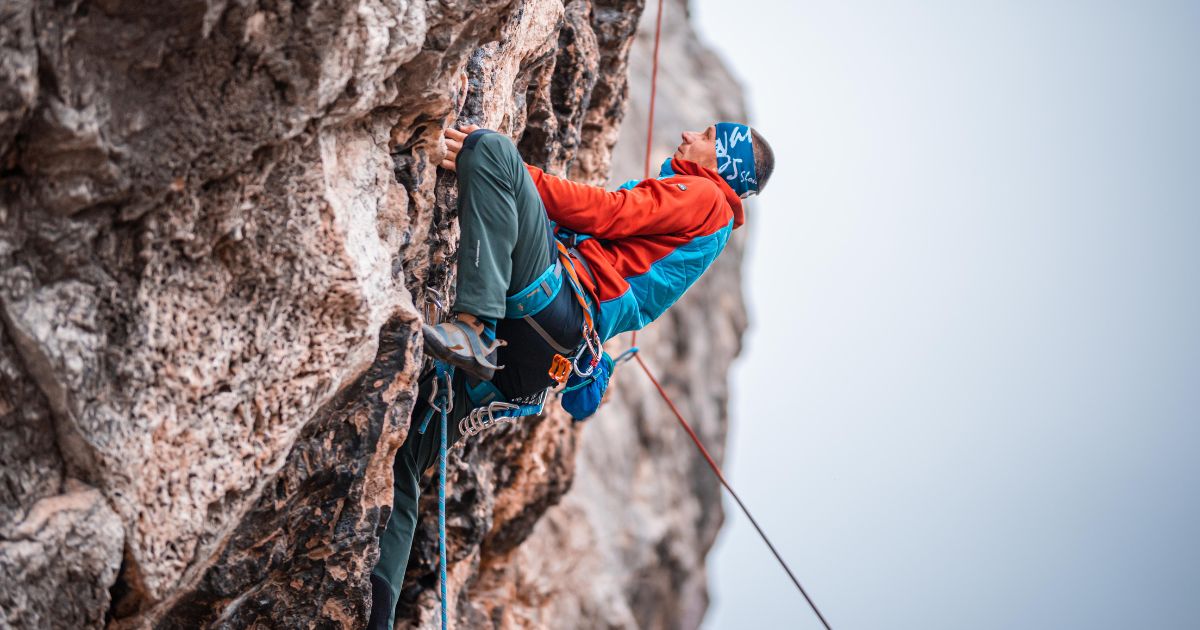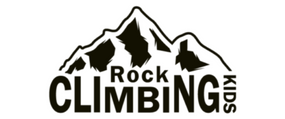Table of Contents
Mastering Climbing: 7 Techniques Every Climber Must Know
Climbing gives climbers the freedom to freely express themselves through a multitude of techniques due to its vast movement vocabulary. We’ll examine the seven vital techniques in this post that climbers must master to improve their climbing abilities.
Foot Swap: Accurate Foot Positioning
A basic climbing technique that teaches climbers precise footwork is the foot swap. When switching between footholds to prepare for the next move, it is frequently used. Despite its significance, the foot swap is avoided by many climbers because they believe it is difficult to switch feet on tiny holds. With regular practice, you can become proficient at this technique, which is essential for keeping your balance.
Method: To cover the toe of the outgoing foot, gently place the foot that is being swapped on the foothold using the “cover and remove” method. Take off the bottom foot as soon as possible to make room for the top foot. Stress the importance of keeping the top and bottom feet in contact throughout the swap.
Flagging: Maintaining Your Place
A basic tactic in cases where there is only one feasible foothold is flagging. It improves stability by causing the climber’s center of gravity to change. Outside, back, and inside flags are the three different kinds of flags. Each has a distinct function and enhances a climber’s capacity to keep their balance and control.
Advice: For best flagging, measure the horizontal distance between the handholds and the footholds. For a more comfortable flagging position, select footholds that are vertically aligned with handholds.
Dead Point: Mastery of Momentum
Using momentum, the dead point technique allows you to perform moves that would otherwise require a lot of strength or reach. Similar to a climbing hack, this method enables climbers to catch holds quickly. The dead point can be made more versatile and useful for learning more complex climbing techniques by practicing it on different types of terrain and hand distances.
Sequence:
- Lift your body out of the target hold by compressing it.
- By pulling your body toward the wall and pushing through your feet, you can start to gain momentum.
- During the dead point, latch onto the target hold to keep control and reduce impact.
Scratching: Adhesion on Featureless Ground
When there are no positive footholds, smearing is an essential footwork technique. Climbers can negotiate featureless surfaces, like slabs or volumes, by applying friction against the wall with the bottom of their shoe. Sagging the hips and dropping the heels make smearing more effective.
Advanced Move: Practice the smear and push method, especially when using an outside flag. Use the smeared foot to create momentum.
Hip Rotation: Three-Dimensional Climbing
Climbers can turn their hips while ascending, which gives climbing a new dimension. Reach, body positioning, and midline crossing are all enhanced by this technique. Whether rotating off one foothold or using a drop knee, hip rotation adds to a climber’s overall skill set.
Advice: Use an outside flag to practice hip rotation, or combine a smear with a push to gain more momentum.
Crossing the Midway: Two-Way Collaboration
Reaching across the center of the body to reach holds on the other side is known as crossing the midline. This method encourages the development of fine motor skills and bilateral coordination. Midline crosses are a common occurrence for climbers, necessitating exact foot and hand placements.
Setup: To ensure stability and control during a midline cross, place your feet strategically to create counterpressure.
Tension Carry: Sustaining Tension in the Body
The tension carry technique places a strong emphasis on keeping the body tense during difficult movements by paying attention to the feet. Fixated on the target hold, climbers frequently lose sensation in their lower bodies, which results in a loss of tension. Climbers can avoid needless slips by maintaining tension throughout the move by paying close attention to their feet.
Suggestion: To achieve the best tension carry, focus about 80% of your kinesthetic awareness on the lower contact points.
In summary
Climbers must embrace the wide range of technical possibilities as they advance while focusing on the most efficient methods. Acquiring proficiency in these seven methods will improve your climbing abilities and make climbing more engaging and adaptable.
Related Posts










Discussion about this post